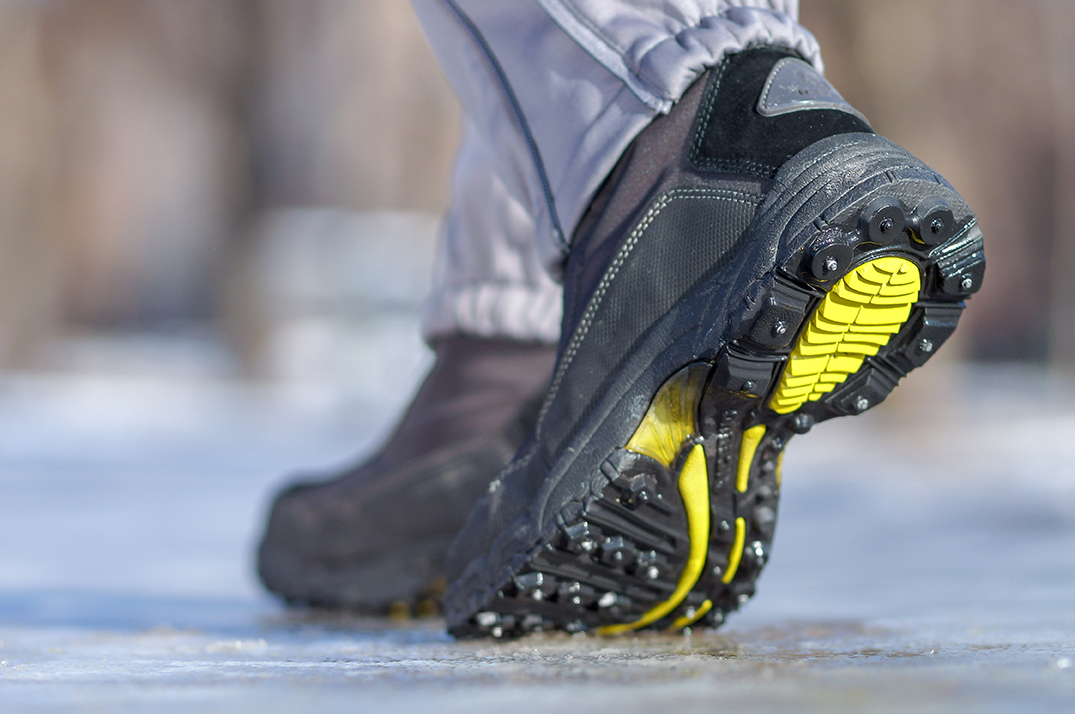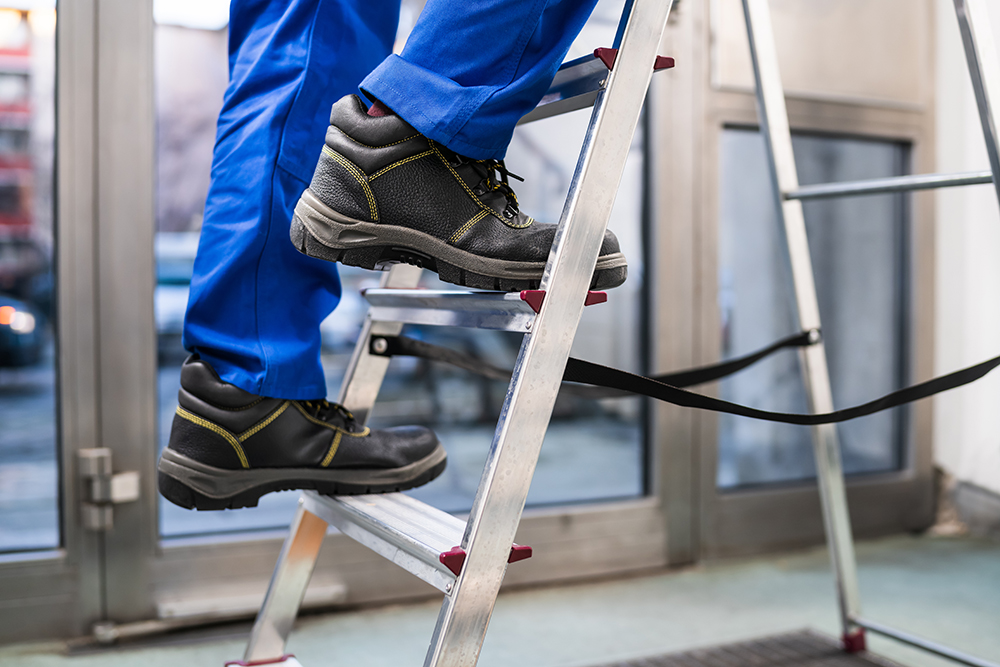Foot and leg protection
Foot and leg protection
Professional footwear is Personal Protective Equipment design to protect the foot/leg from existing risks in the workplace, primarily from mechanical risks (falling objects, crushing, sharp objects, cuts, slipping, chainsaw cuts, etc.), thermal risks (ambient temperature, floor temperature, presence of fire, splashing molten metal, etc.), chemical and electrical risks (electrical contact, electrostatic discharge, etc.).
The characteristics of professional footwear are generally determined by the materials used to make it (e.g., leather, rubber, etc.), its shapes or designs and the protective elements incorporated into the equipment (such as safety toecaps, insulating sole, etc.).
There are basically three types of professional footwear:
safety footwear (offering protection from the risk of impact of at least 200 J and compression of at least 15 kN),
protective footwear (offering protection from the risk of impact of at least 100 J and compression of at least 10 kN), and
occupational footwear (guaranteeing no protect from impact or compression on the front of the foot).


Consult foot protection regulations
UNE-EN ISO 20344:2012
Personal protective equipment. Test methods for footwear
UNE-EN ISO 20345:2012
Personal protective equipment. Safety footwear
UNE-EN ISO 20346:2014
Personal protective equipment. Protective footwear
UNE-EN ISO 20347:2013
Personal protective equipment. Occupational footwear.
UNE-EN ISO 17249:2014
Safety footwear with resistance to chain saw cutting.
UNE-EN 381-3:1996
Protective clothing for users of hand-held chain saws. Part 3: Test methods for footwear.
UNE-EN 13832-1:2007
Protective footwear against chemicals. Part 1: Terminology and test methods.
UNE-EN 13832-2:2007
Protective footwear against chemicals. Part 2: Requirements for footwear resistant to chemicals under laboratory conditions.
UNE-EN 13832-3:2007
Protective footwear against chemicals. Part 3: Requirements for footwear highly resistant to chemicals under laboratory conditions.
UNE-EN 15090:2012
Footwear for fire-fighters.
UNE-EN ISO 20349:2011
Personal protective equipment. Footwear protecting against thermal risks and molten metal splashes as found in foundries and welding. Requirements and test methods.
UNE-EN 50321:2000
Electrical insulating footwear for work on low-voltage installations.
UNE-EN 13634:2016
Protective footwear for motorcycle riders. Requirements and test methods.
UNE-EN ISO 13287:2013
Personal protective equipment. Footwear. Test methods for slip resistance.
UNE-EN 14404:2005+A1:2010
Personal protective equipment. Knee protectors for work in the kneeling position.
Technical footwear standards (June 2017).
UNE-CEN ISO/TR 18690:2006 IN
Guidance for the selection, use and maintenance of safety, protective and occupational footwear.
UNE-EN 12568:2011
Foot and leg protectors. Requirements and test methods for toecaps and penetration resistant inserts.

